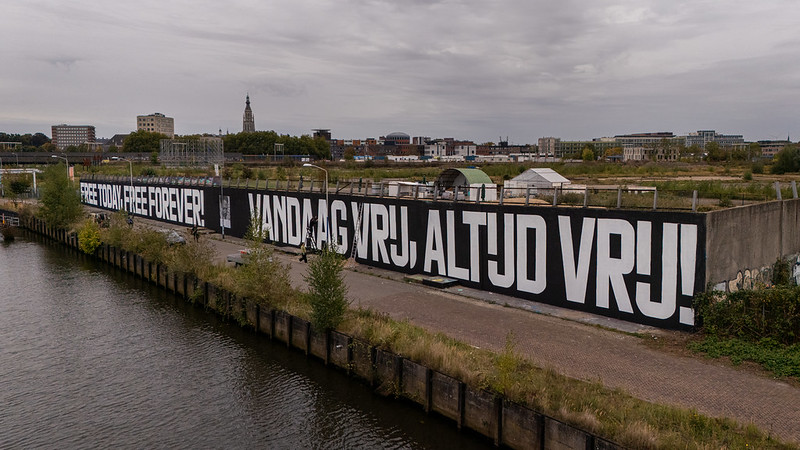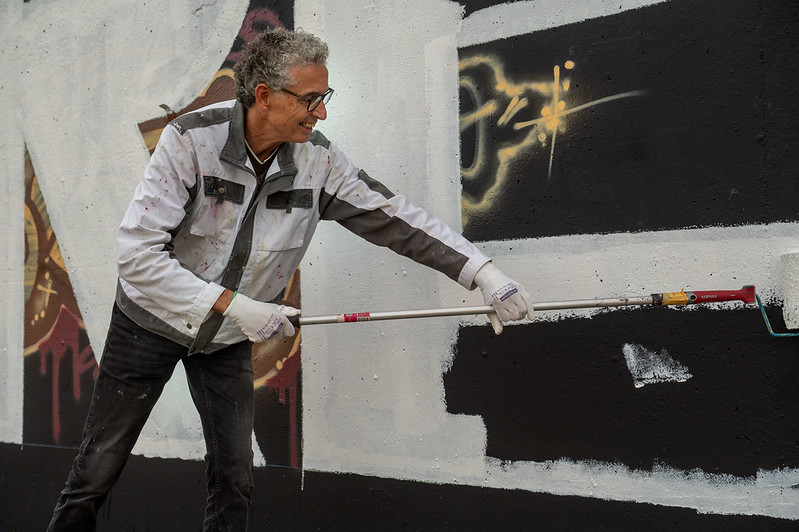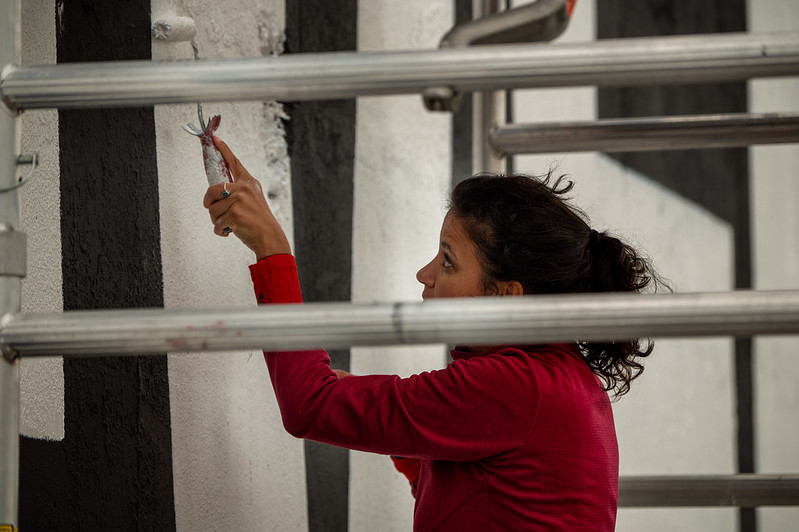During climate marches, genocide protests, or feminist demonstrations, you see bright and direct handwritten signs. The letters convey emotion, urgency, and identity. The messages are part of a long tradition of typography as a means of resistance.
As early as the French Revolution, pamphlets with crude, hastily written letters were distributed en masse to make ideas visible. Legibility and speed were more important than aesthetics. A century and a half later, something similar happened in the Civil Rights Movement in the United States. With sober capital letters on signs such as “I AM A MAN,” African-American workers claimed dignity and rights—a typography so clear that no one could ignore the message.
-

-
Spotprent uit de Franse Revolutie – 1789
-

-
Memphis 1968 – door Richard L. Copley
-

-
Screenshot
-

-
Dolle Mina’s in Den Haag – jaren ’70
-

-
Anti-kernwapenprotest – 1983
In May 1968, French students and workers colored the streets of Paris with stencil prints and slogans. In the Netherlands, too, typography became a visible weapon in the 1970s and 1980s. The Dolle Mina’s used confrontational slogans to demand equality. Squatters filled the streets with posters and graffiti in raw, handmade letterforms. Anti-nuclear demonstrations and environmental movements brought hundreds of thousands of people together under short, powerful texts on signs and flags.
Typography is still used for protest rallies, posters, and street art. Online, memes function as digital pamphlets: quickly made, widely distributed, and equally compelling. Unfortunately, the themes have hardly changed: equality, climate, and peace. During today’s protests, letters are once again challenging power relations.
Just as individual letters form words, together we form a movement. Designers Tré Seals and Civilization take you through the process of VTC WIJ.




























